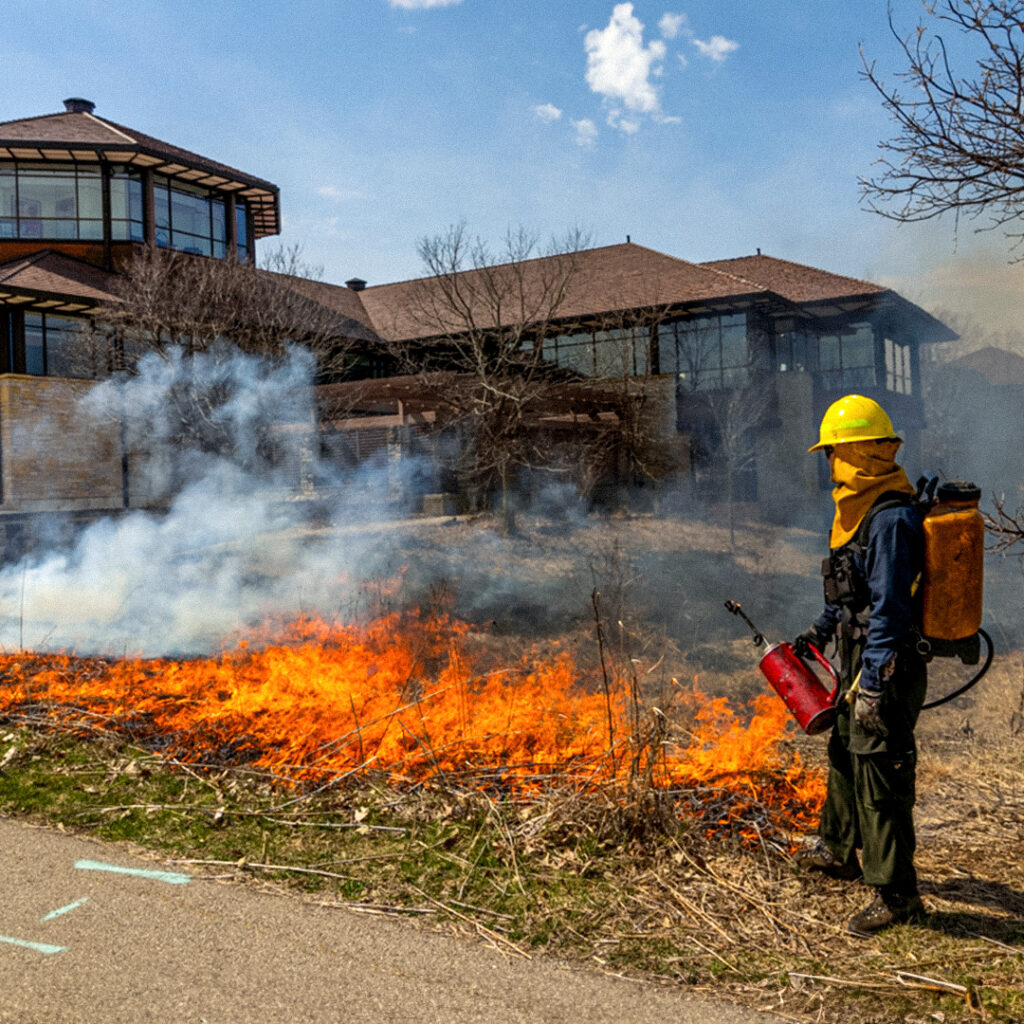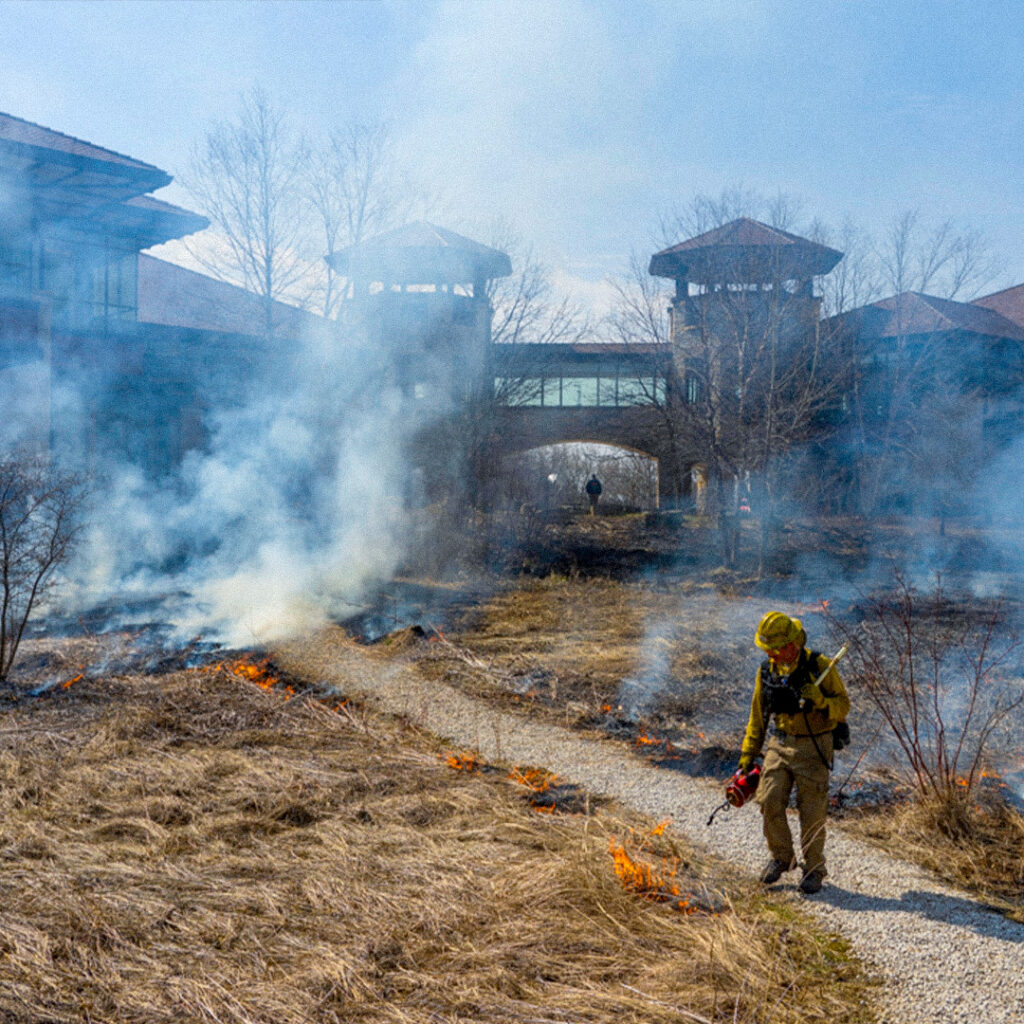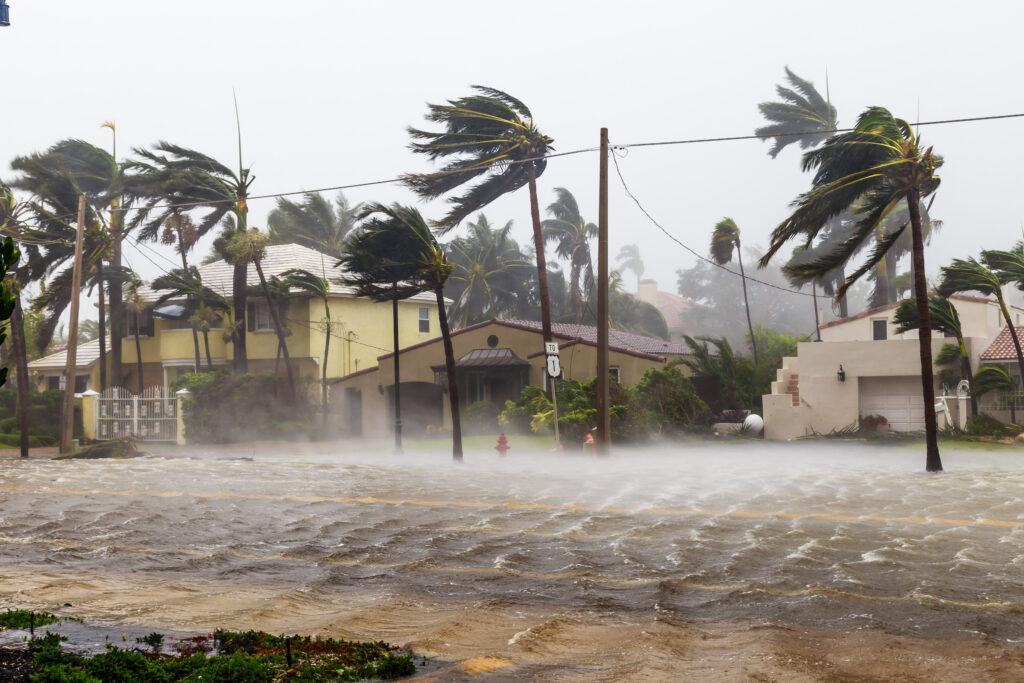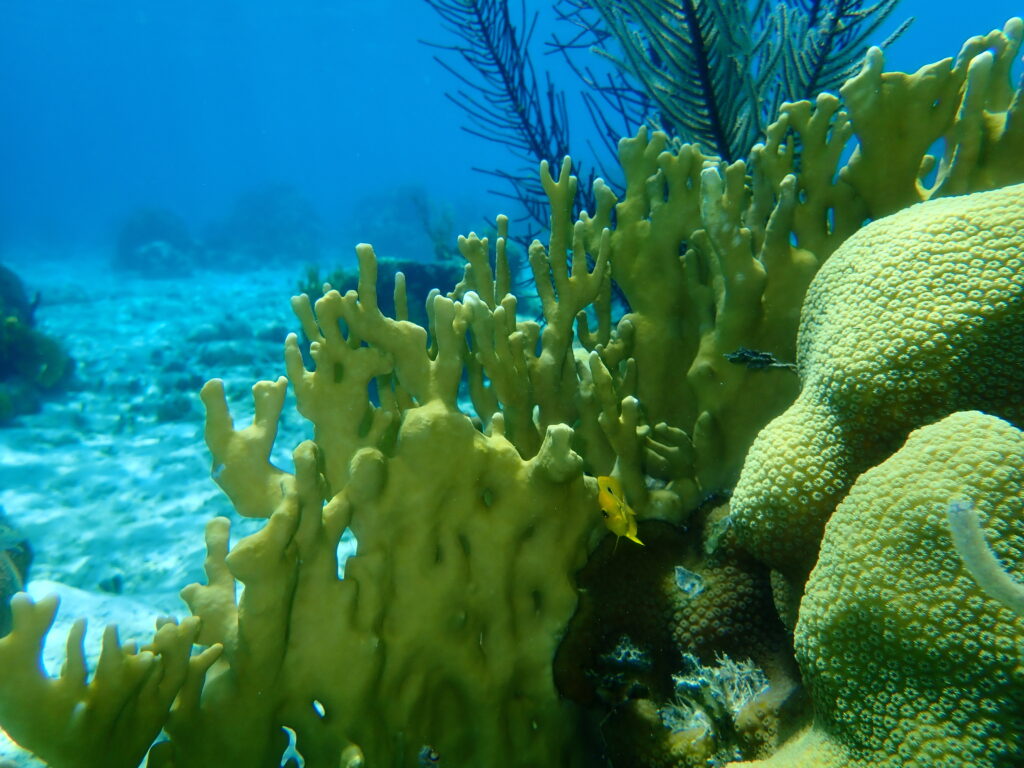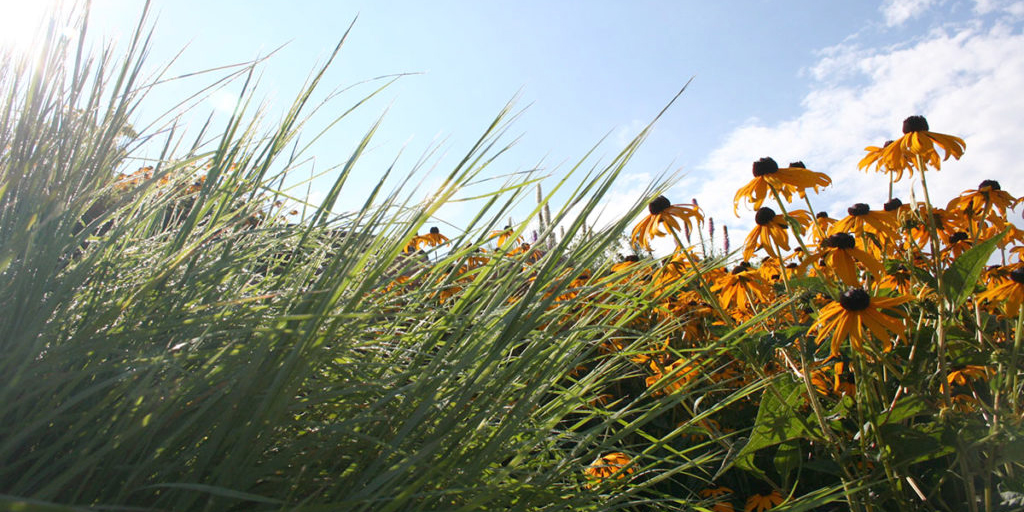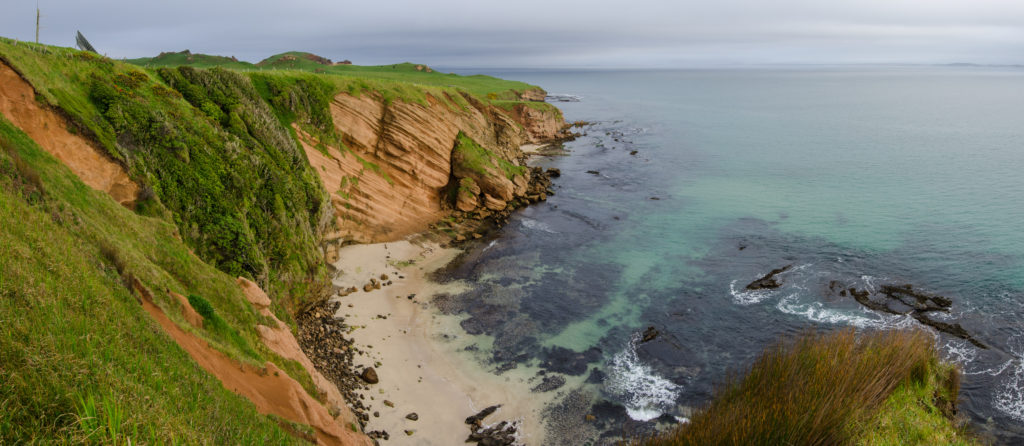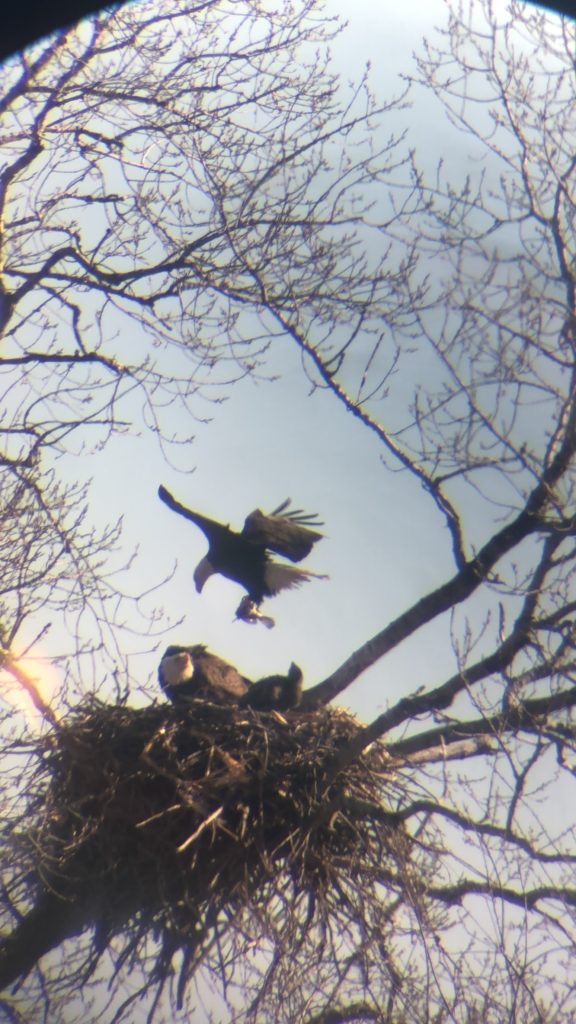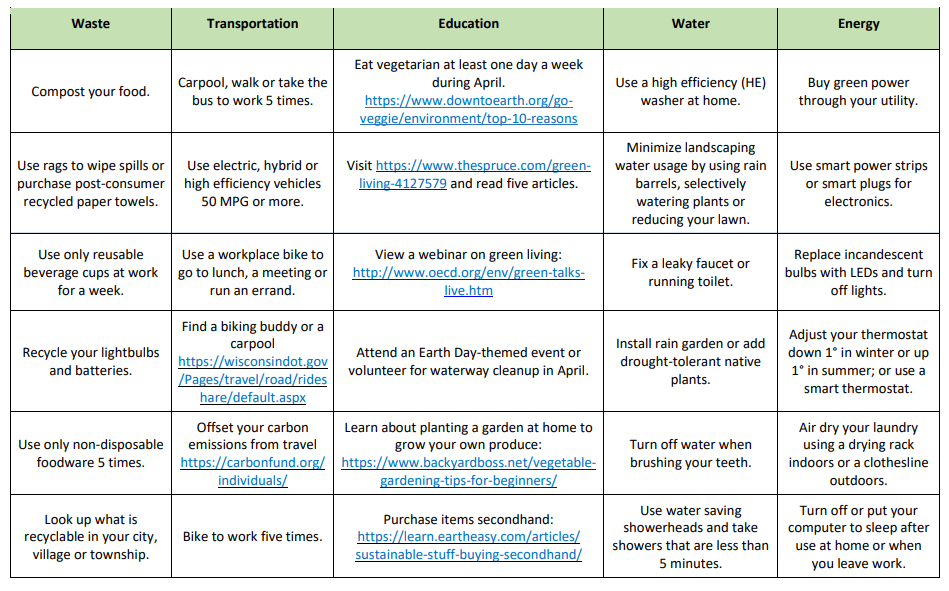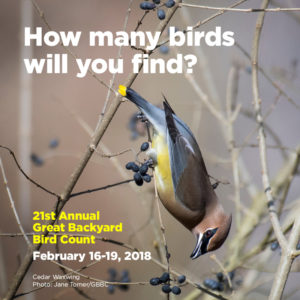This blog is guest-written by Jason Hankes, Manager, Land & Natural Resources, Promega Corporation
At Promega, the arrival of spring is not merely a celebration of nature’s rejuvenation, but also a reflection of our steadfast commitment to environmental stewardship. This vibrant season allows us to spotlight a crucial ecological initiative: the controlled prairie burn. Conducted every three to five years across over 25 acres of native prairie restorations, these burns are essential for habitat health. They not only reduce the risk of wildfires but also curb invasive weeds and stimulate new growth. Undertaking these burns exemplifies how Promega reinforces its commitment to environmental stewardship – a foundational principle that guides our operations and influences our architectural designs.
